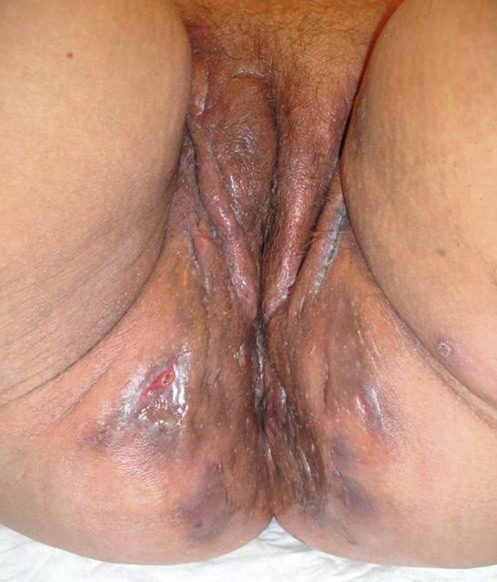Hidradenitis suppurativa

First-line therapies
A randomised trial of topical clindamycin vs. systemic tetracycline in hidradenitis suppurativa with special reference to disease assessment.
Jemec GBE, Wendelboe P. J Am Acad Dermatol 1998; 39: 971–4.
Clinical equivalence of efficacy between topical clindamycin and oral tetracycline in 46 patients.
Third-line therapies
Infliximab therapy for patients with moderate to severe hidradenitis suppurativa: a randomized, double-blind, placebo-controlled crossover trial.
Grant A, Gonzalez T, Montgomery MO, Cardenas V, Kerdel FA. J Am Acad Dermatol 2010; 62: 205–17.
A randomized controlled trial indicating effect of infliximab.


 Topical clindamycin
Topical clindamycin Oral tetracycline
Oral tetracycline Surgery
Surgery Clindamycin and rifampicin
Clindamycin and rifampicin Retinoids
Retinoids Intralesional corticosteroids
Intralesional corticosteroids TNF-α monoclonal antibodies
TNF-α monoclonal antibodies Dapsone
Dapsone Immunosuppressants
Immunosuppressants
